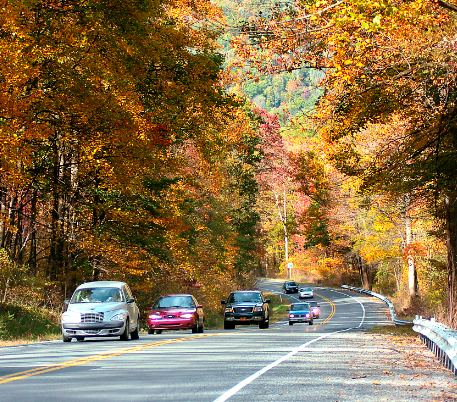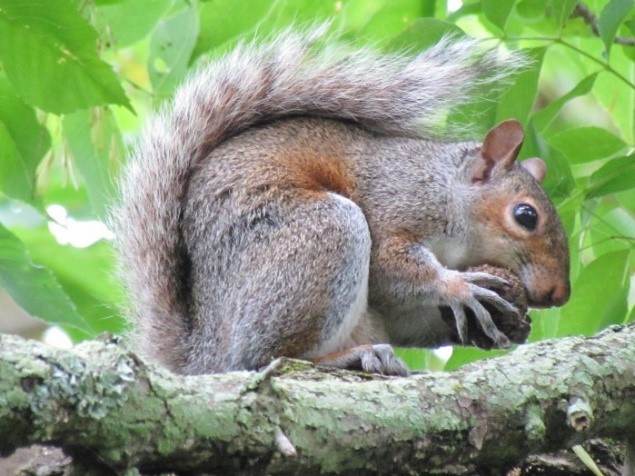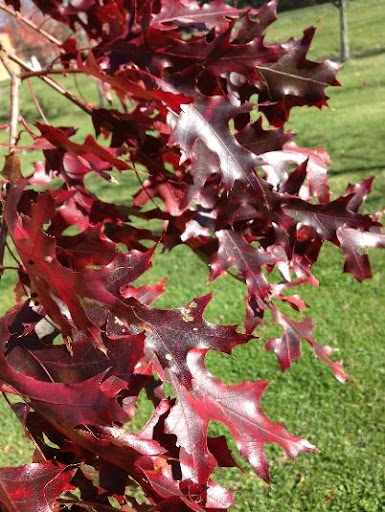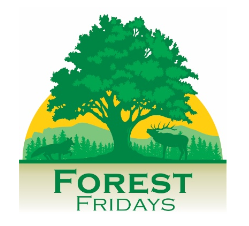Forest Fridays: Fall in the forest
By Ryan Reed
The waning productivity of the garden, heavy morning dew, and slight blush of color in the forest are indicating fall is here, to the delight of many autumn enthusiasts. But why do we love the fall so much?
Perhaps it’s engrained in us to celebrate what is typically the “season of abundance”. Maybe it’s the unspoken idea that the hardest work of the growing season is over and it’s now time to enjoy it. For some, it’s the gorgeous fall color, the sweet smell of the leaves, and seasonable temperatures that make it so enjoyable. Fall also marks the traditional beginning of hunting season, a time beloved by hundreds of thousands of Pennsylvanians.

The fall season in Penn’s Woods seems to be accompanied by a harried feeling of hustle and bustle, as seen in the amazing journeys of our migrating birds or the entertaining foraging efforts of our squirrels. Not to be outdone, hyperphagic black bears and rutting bucks add another element of autumnal high drama. The sound effects are cool too, with the gentle pitter-patter of falling acorns and hickory nuts, to the resounding thuds of the black walnuts. Fall in the forest is fun!

The end of fall, however, seems to bring about a mood change in the woods—a sort of resolute acceptance of the need to slow down and rest. As the final leaves drift to the forest floor and daylight hours surrender their dominance to darkness, the forest enters a peaceful dormancy.
In many ways our forests are a lot like us. From tenuous beginnings to energetic growth spurts to periodic slumber, the seasonal moods of the forest are strikingly different, yet beautiful in their own way. Of all the moods of the forest, few could be as colorful as those we experience in fall.

About the Author: Ryan Reed
Ryan Reed is an Environmental Education Specialist in the Department of Conservation and Natural Resources, Bureau of Forestry. He possesses degrees in Wildlife and Fisheries Science and Wildlife Technology, while currently pursuing a master’s degree in Environmental Pollution Control. He has also worked for the Pennsylvania Game Commission, and taught high school sciences for 11 years. He is especially interested in biodiversity and ecology. A lifelong hunting and fishing enthusiast, Ryan resides in Harrisburg, PA.



